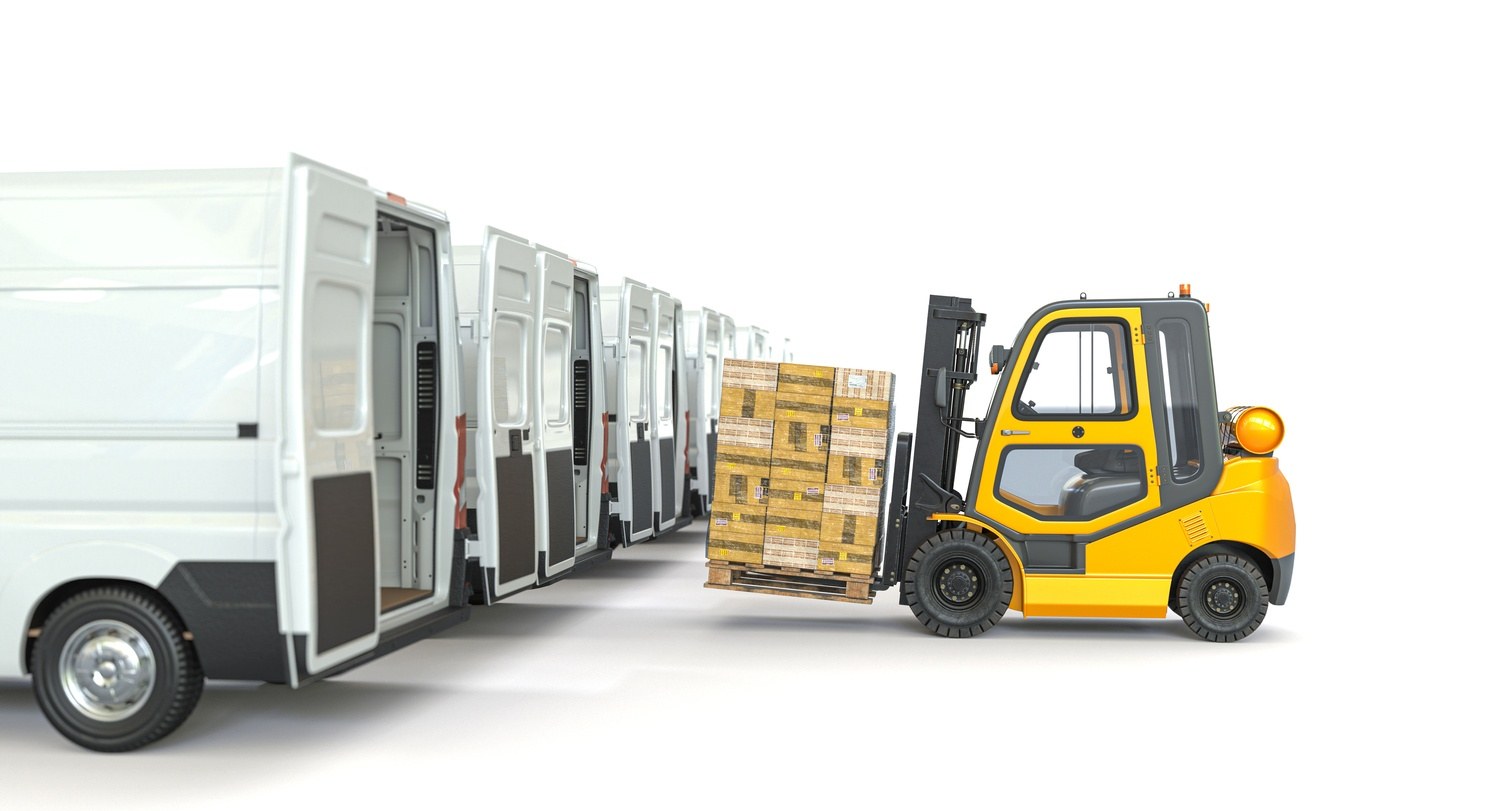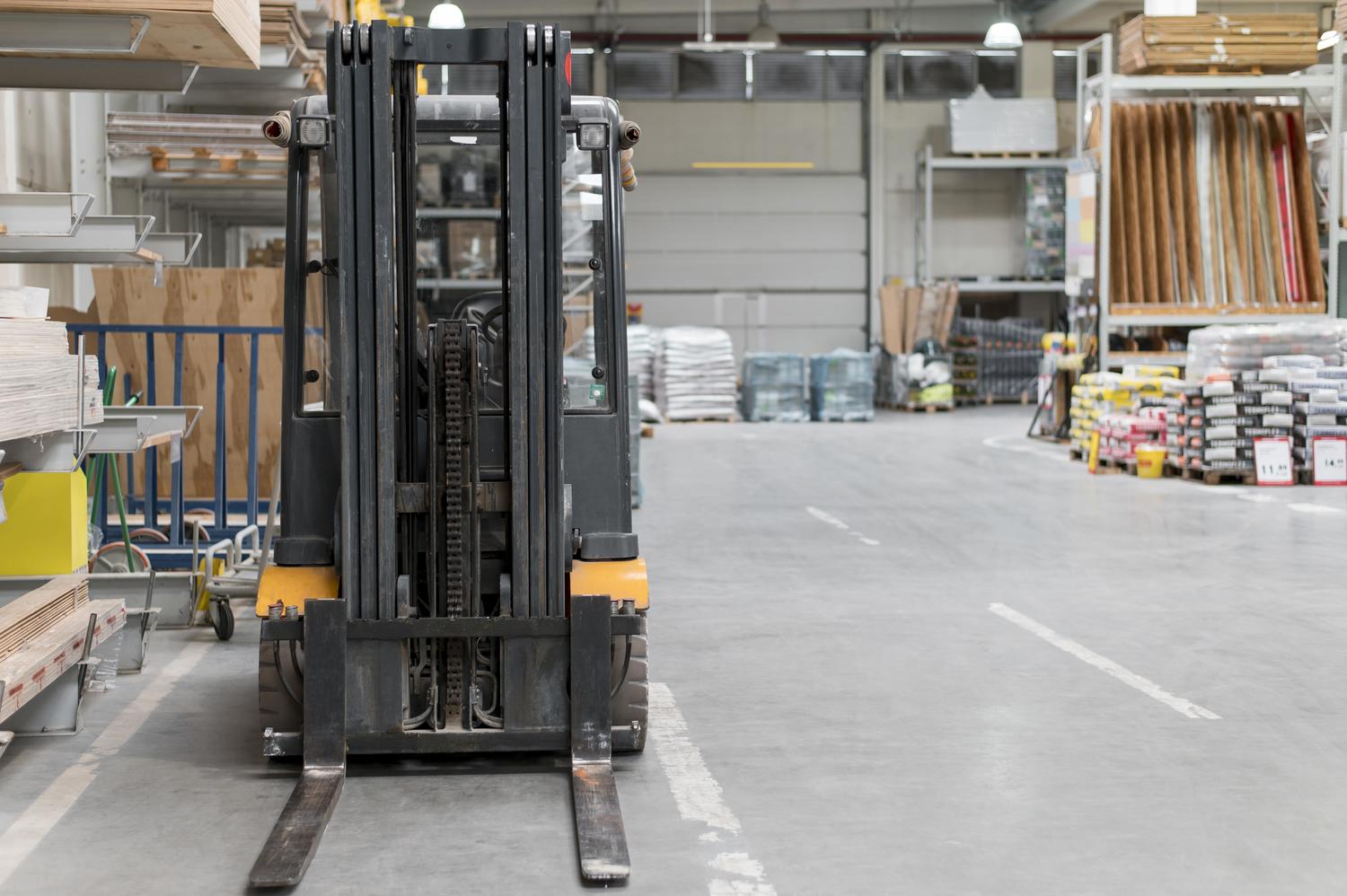Soundproofing a forklift – create a quieter and more ergonomic work environment
Soundproofing a forklift is an effective measure to create a more comfortable and healthy work environment for the operator. Forklifts are used daily in warehouses, factories, and other industrial settings where noise levels are often high. Engine noise, vibrations from the chassis, sounds from the transmission, and echoing noises from the surroundings can create a work environment where noise is not only disturbing but can also be harmful with prolonged exposure. By implementing the right soundproofing measures, noise levels can be significantly reduced, leading to a better work environment, increased productivity, and a decreased risk of hearing damage.
Why is soundproofing forklifts important?
Prolonged exposure to high noise levels in a forklift can affect both the operator’s health and work performance. Noise can cause fatigue, reduced concentration, and in the worst case, permanent hearing loss. Additionally, a noisy work environment can make it harder to perceive important warning signals or communication from colleagues, increasing the risk of accidents. Effective soundproofing reduces these problems and contributes to a safer and more ergonomic work environment.
Effective methods for soundproofing a forklift
Soundproofing the engine compartment
The engine is one of the primary sources of noise in a forklift, especially in older models or under heavy loads. By applying sound-absorbing materials inside the engine compartment, engine noise can be considerably dampened. Effective materials include soundproofing foam, heat-resistant insulation, and vibration-damping mats that absorb sound waves and reduce resonance. Sealing gaps around the engine hood and installing soundproof panels on the inside of the hood also help reduce sound leakage.
Improved soundproofing in the cabin
The forklift cabin acts as a resonance box where noise can be amplified if not properly insulated. Using sound-absorbing panels on the walls and ceiling reduces sound reflections, creating a quieter and more pleasant working environment. Sealing strips around doors and windows are another important measure to eliminate sound leakage and prevent noise from entering the cabin. For forklifts operating in particularly noisy environments, soundproofed windows can be an effective solution to further reduce noise levels.
Damping floor vibrations and structure-borne noise
The forklift floor is a significant noise source because vibrations from the wheels and chassis propagate through the vehicle’s structure. Installing sound-damping rubber mats or vibration-absorbing materials under the floor covering can significantly reduce noise levels while also increasing operator comfort. This is especially important for forklifts used on uneven surfaces or in environments with high industrial noise.
Benefits of a quieter forklift
Soundproofing a forklift not only creates a more pleasant work environment for the operator but also offers several practical and productivity-enhancing benefits. A noise-reduced work environment contributes to better concentration, reduced stress, and increased work efficiency. By lowering noise levels, operators can work longer shifts without experiencing fatigue and headaches, leading to fewer mistakes and a safer workplace. A better-insulated forklift also improves communication between operators and colleagues, especially in work environments where clear instructions are crucial. When noise decreases, it becomes easier to hear warning signals and machine operation sounds, enhancing safety on site. In addition to improved comfort and safety, soundproofing forklifts also has environmental benefits. Reduced noise levels contribute to a better work environment for the entire workplace and decrease noise pollution in the surroundings. For companies with health and safety policies, a soundproofed forklift can be part of a long-term strategy to create a better workplace.
Summary – a smart investment in work environment and safety
Soundproofing a forklift is a crucial measure to improve the work environment and safety for the operator. By using the right sound-absorbing materials and methods, noise levels can be significantly lowered, resulting in a more pleasant and productive workday. Effective measures such as soundproofed engine compartments, sealing strips, sound-absorbing panels in the cabin, and vibration-damping floor materials make a big difference in creating a quieter and more ergonomic workplace. By investing in soundproofing, companies gain a solution that both improves operator comfort and increases workplace safety. Quieter forklifts mean less stress and better working conditions, which in turn leads to increased productivity and a more sustainable work environment.









